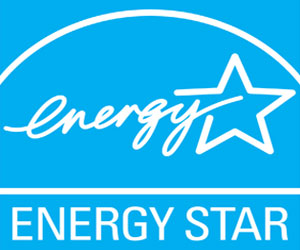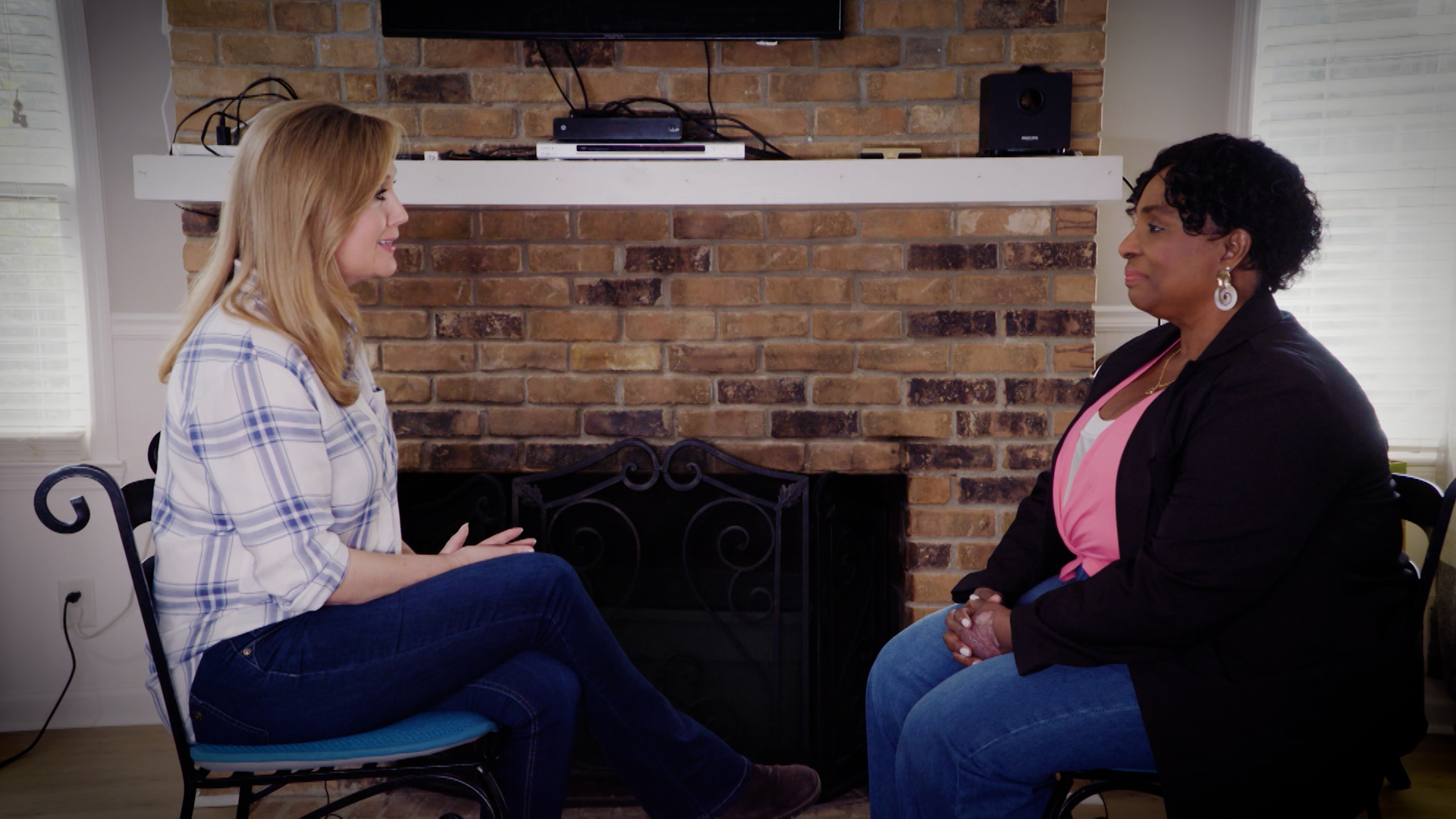Energy efficient homes and appliances –
Designing Spaces Correspondent Rhonda Castagna meets with Denise Durrett, an energy expert from the U.S. E.P.A. in a typical home to look at how to use less electricity with more efficient appliances. The discussion moves from room to room as Denise points out energy efficiencies with refrigerators, dishwashers, home office equipment like computers and printers, heating and cooling systems, including maintenance, washers and dryers and water heaters. How much money are you throwing away on your utility bills? Watch this and see how to save and live green!
Energy Efficiency Can Save You Money!
Did you know that the typical household has 40 products continuously drawing power?
Are you aware that there is a direct connection between these products and their impact on energy use, the environment and the amount of your utility bills? Every time you flip a switch to turn on a product, a power plant somewhere is producing that electricity, and often is burning fossil fuels.
For 20 years, the ENERGY STAR® program, created by the U.S. Environmental Protection Agency, has helped consumers make energy efficient choices at home, at work and in their communities. Products labeled with the trusted ENERGY STAR® mark help identify cost-effective, energy-saving solutions that protect the environment and reduce greenhouse gas emissions.
The ENERGY STAR label can be found on more than 60 different kinds of products from lighting, appliances, office equipment, and consumer electronics, to heating and cooling equipment. If shopping to purchase a new product, keep in mind that there are always two prices when purchasing a new product – the one at the store, and the less obvious one you pay over the course of a product’s lifetime.
Even making no-cost/low-cost small changes in your household TODAY can maximize impact on your energy savings!
• Standard TVs can use as much electricity each year as a new refrigerator! ENERGY STAR® qualified TVs are on average 40% more efficient.
• Just one light bulb that has earned the ENERGY STAR can save you more than $40 over its lifetime.
• Using your video game console as a DVD player? You could be using 24 times more energy to play your DVDs than you would with a stand-alone DVD player.
• The average family does 400 loads of laundry a year! ENERGY STAR washers use almost half the water as older models and only cost about $85 a year to run – and get your clothes just as clean.
• The typical household spends more than $2,200 a year on energy bills. With ENERGY STAR®, you can cut your bills by over a third – or $700!
Using products with the ENERGY STAR label is a great start to putting money back into your own pocket and helping protect the environment for your children and future generations.
To find out more, please visit http://www.energystar.gov/products







